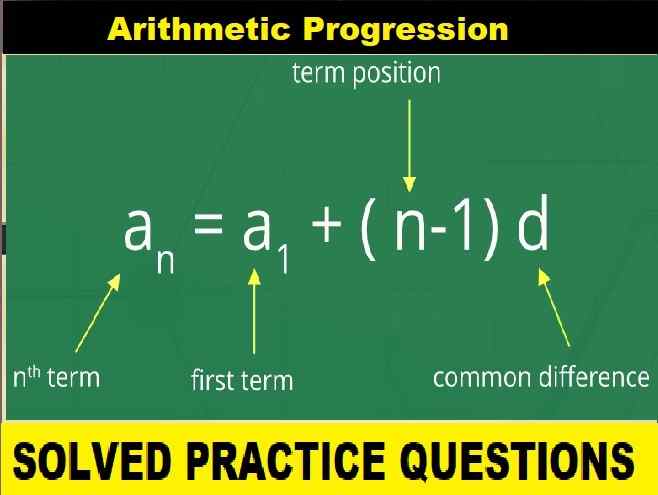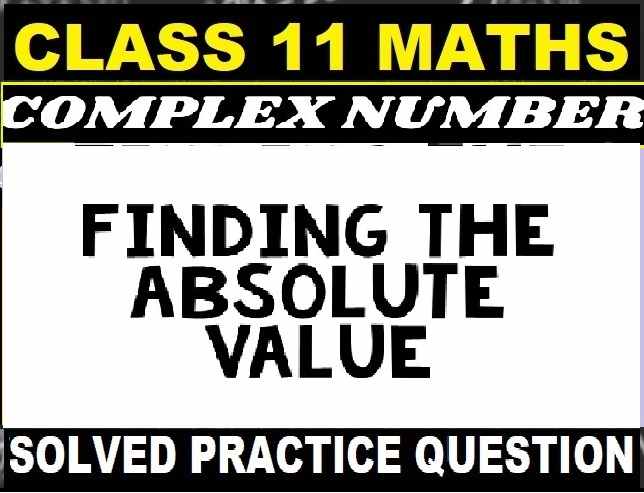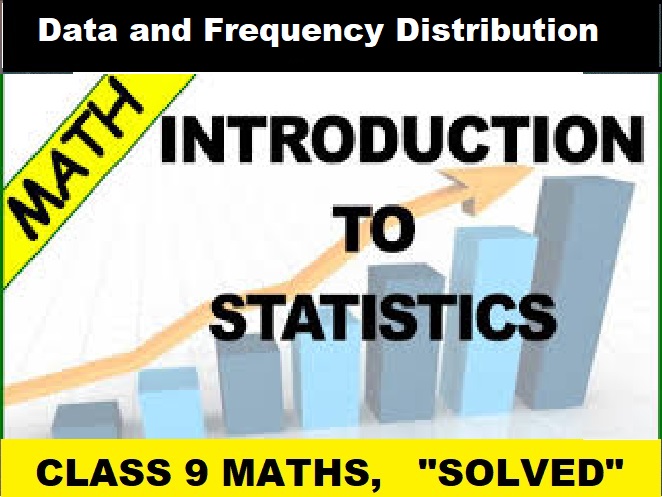Arithmetic Progression Exe-10B Class-10 Concise Maths Solution Ch-10. We Provide Step by Step Solutions / Answer of questions on general term of AP for Selina Concise Maths. Visit official Website CISCE for detail information about ICSE Board Class-10 Mathematics.

Arithmetic Progression Exe-10B Class-10 Concise Maths Solution Ch-10
| Board | ICSE |
| Publications | Selina Concise |
| Subject | Maths |
| Class | 10th |
| Chapter-10 | Arithmetic Progression |
| Exe-10A | Solved Complex Questions on General Term of AP |
| Edition | 2025-2026 |
Solved Complex Questions on General Term of AP
Arithmetic Progression Exe-10B Class-10 Concise Maths Solution Ch-10
Que-1: In an A.P., ten times of its tenth term is equal to thirty times of its 30th term. Find its 40th term.
Ans: In an A.P.
10T10 = 30T30
We know that,
If m times of mth term = n times of nth term
Then its (m + n)th term = 0
∴ 10T10 = 30T30
Then T10+30 = 0 or T40 = 0
Que-2: How many two-digit numbers are divisible by 3 ?
Ans: Two digits numbers are 10 to 99
and two digits numbers which are divisible
by 3 are 12, 15, 18, 21,….99
Here a = 12, d = 3 and l = 99
Now, Tn = l = a + (n – 1 )d
99 = 12 + (n – 1) x 3
=> 99 – 12 = 3(n – 1)
=> 87 = 3(n – 1)
=> 87/3 = n – 1
=> n – 1 = 29
n = 29 + 1 = 30
Number of two digit number divisible by 3 = 30
Que-3: Which term of A.P. 5, 15, 25, will be 130 more than its 31st term?
Ans: A.P. is 5, 15, 25,….
Let Tn = T31 + 130
In A.P. a = 5, d = 15 – 5 = 10
∴ Tn = a + 30d + 130 = 5 + 30 x 10 +130
= 5 + 300 + 130 = 435
∴ n + (n – 1)d = 435
=> 5 + (n – 1) x 10 = 435
=> (n – 1) x 10 = 435 – 5 = 430
n – 1 = 430/10 = 43
n = 43 + 1 = 44
∴ The required term is 44th.
Que-4: Find the value of p, if x, 2x + p and 3x + 6 are in A.P.
Ans:A.P. is x, 2x + p, 3x + 6
2x + p – x = 3x + 6 – 2x + p
x + p = x – p + 6
=>2p = 6
=>p = 6/2 = 3
Hence p = 3
Que-5: If the 3rd and the 9th terms of an arithmetic progression are 4 and – 8 respectively, which term of it is zero?
Ans: a3 = 4
a9 = −8
We know that,
an = a + (n − 1) d
a3 = a + (3 − 1) d
4 = a + 2d …(I)
a9 = a + (9 − 1) d
−8 = a + 8d …(II)
On subtracting equation (I) from (II), we obtain
−12 = 6d
d = −2
From equation (I), we obtain
4 = a + 2 (−2)
4 = a − 4
a = 8
Let nth term of this A.P. be zero.
an = a + (n − 1) d
0 = 8 + (n − 1) (−2)
0 = 8 − 2n + 2
2n = 10
n = 5
Hence, 5th term of this A.P. is 0.
Que-6: How many three-digit numbers ate divisible by 87 ?
Ans: The three-digit numbers divisible by 87 are as follows.
174, 261, ….., 957
Clearly, this forms an A.P. with the first term a = 174 and common difference d = 87.
Last term = nth term = 957
The general term of an A.P. is given by
tn = a + (n – 1)d
957 = 174 + (n – 1)(87)
783 = (n – 1) × 87
9 = n – 1
n = 10
Que-7: For what value of n, the nth term of A.P. 63, 65, 67,….. and nth term of A.P. 3, 10, 17,…… are equal to each other?
Ans: We are given,
nth term of 63, 65, 67, …….
=> nth term of 3, 10, 17,…….
=> In first A.P., a1 = 63, d1 = 2
and in second A.P., a2 = 3, d2 = 1
∴ Required nth term will be 13th
Que-8: Determine the A.P. whose 3rd term is 16 and the 7th term exceeds the 5th term by 12.
Ans: T3 = 16, and T7 = T5 + 12
Let a be the first term and d be the common difference
T3 = a + 2d – 16 …(i)
T7 = T5 + 12
a + 6d = a + 4d + 12
=> 6d – 4d = 12 => 2d – 12
so => d =12/2= 6
and in (i),
a + 6 x 2 = 16
=> a + 12 = 16
hence =>a = 16 – 12 = 4
A.P. will be 4, 10, 16, 22,……
Que-9: If numbers n – 2, 4n – 1 and 5n + 2 are in A.P., find the value of n and its next two terms.
Ans: n – 2, 4n – 1 and 5n + 2 are in A.P.
(4n – 1) – (n – 2) = (5n + 2) – (4n – 1)
=> 4n – 1 – n + 2 = 5n + 2 – 4n + 1
=> 4n – n – 5n + 4n = 2 + 1 + 1 – 2
and =>2n = 2 =>n = 2/2 = 1
4n – 1 = 4 x 1 – 1 = 4 – 1 = 3
n – 2 = 1 – 2 = – 1
and 5n + 2 = 5 x 1 + 2 = 5 + 2 = 7
A.P. is – 1, 3, 7, ……
and next 2 terms will 11, 15
Que-10: Determine the value of k for which k2 + 4k + 8, 2k2 + 3k + 6 and 3k2 + 4k + 4 are in A.P.
Ans: k2 + 4k+ 8, 2k2 + 3k + 6 and 3k2 + 4k + 4 are in A.P.
(2k2 + 3k + 6) – (k2 + 4k + 8)
= (3k2 + 4k + 4) – (2k2 + 3k + 6)
and => 2k2 + 3k + 6 – k2 – 4k – 8
= 3k2 + 4k + 4 – 2k2 – 3k – 6
so => k2 – k – 2 = k2 + k – 2
=> k2 – k – k2 – k = – 2 + 2
therefore => – 2k = 0
=> k = 0
Hence k = 0
Que-11: If a, b and c are in A.P. show that :
(i) 4a, 4b and 4c are in A.P.
(ii) a + 4, b + 4 and c + 4 are in A.P.
Ans: a, b, c are in A.P.
2b = a + c
(i) 4a, 4b and 4c are in A.P.
If 2(4b) = 4a + 4c
and If 8b = 4a + 4c
2b = a + c which is given
(ii) a + 4, b + 4 and c + 4 are in A.P.
If 2(b + 4) = a + 4 + c + 4
and If 2b + 8 = a + c + 8
If 2b = a + c which is given
Que-12: An A.P. consists of 57 terms of which 7th term is 13 and the last term is 108. Find the 45th term of this A.P.
Ans: Number of terms in an A.P. = 57
t7 = 13
=> a + 6d = 13 …(i)
Last term = t57 = 108
=> a + 56d = 108 …(ii)
Subtracting (i) from (ii), we get
50d = 95
=> d=95/50
=> d=19/10
Substituting value of d in (i), we get
a+6×19/10=13
=> a+57/5=13
=> a=13-57/5
= 65-57/5 = 85
General term = tn
= 8/5+(n-1)×19/10
=> t45=85+44×19/10
=> 85+418/5
=> 426/5 = 85.2
Que-13: 4th term of an A.P. is equal to 3 times its term and 7th term exceeds twice the 3rd term by 1. Find the first term and the common difference.
Ans: The general term of an AP is given by tn = a + (n – 1)d
Now t4 = 3 × a
=> a + 3d = 3a
=> 2a – 3d = 0 …(i)
Next t7 + 2 × t3 = 1
=> a + 6d – 2(a + 2d) = 1
=> a + 6d – 2a – 4d = 1
=> – a + 2d = 1 …(ii)
Multiplying (ii) by 2, we get
–2a + 4d = 2 …(iii)
Adding equation (i) and (iii), we get
d = 2
Substituting the value of d in (ii), we get
–a + 2 × 2 = 1
–a + 4 = 1
a = 3
Que-14: The sum of the 2nd term and the 7th term of an A.P. is 30. If its 15th term is 1 less than twice of its 8th term, find the A.P.
Ans: The general term of an AP is given by tn=a+(n-1)d
Now t2+t7=30
=> (a + d) + (a + 6d) = 30
=> 2a + 7d = 30 …(i)
Next 2×t8-t15=1
=> 2×(a+7d)-(a+14d)=1
=> 2a + 14d – a – 14d = 1
=> a = 1
Substituting the value of a in (i) we get
2× 1+7d=30
=> 7d = 28
d=4
Thus required A.P = a, a + d, a + 2d, a + 3d
= 1, 5, 9, 13, …..
Que-15: In an A.P., if mth term is n and nth term is m, show that its rth term is (m + n – r)
Ans: For an AP
tm = n
a + (m – 1)d = n …(i)
And tn = m
a + (n – 1)d = m …(ii)
Subtracting (i) from (ii), we get
(n – 1)d – (m – 1)d = m – n
nd – d – md + d = m – n
d(n – m) = m – n
– d(m – n) = m – n
d = –1
Substituting d = –1 in equation (i), we get
a + (m – 1)(–1) = n
a – m + 1 = n
a = m + n – 1
Now, tr = a + (r – 1)d
= (m + n – 1) + (r – 1)(–1)
= m + n – 1 – r + 1
= m + n – r
Que-16: Which term of the A.P. 3, 10, 17,…..will be 84 more than its 13th term?
Ans:
A.P. is 3, 10, 17,….
Here, a = 2, d = 10 – 3 = 7
Now
t13=a+12d=3+12×7=3+84=87
Let the required term be nth term
∴tn-t13=84
=> [a + (n – 1)d] – 87 = 84
=>3+(n-1)×7 =171
=> (n-1)×7 =168
=> n – 1 = 24
=> n = 25
— : End of Arithmetic Progression Exe-10B Class-10 Concise Maths Solution Ch-10 :–
Return to :- Selina Concise Solutions for ICSE Class-10 Maths
Thanks
Please Share with Your Friends


